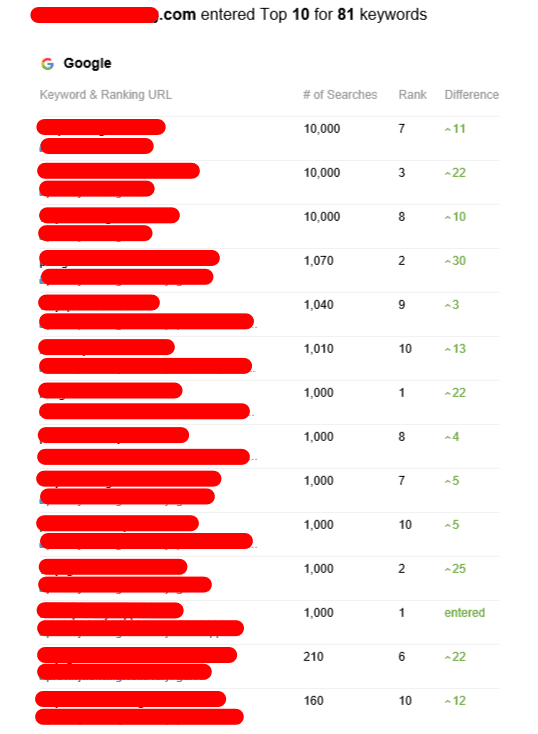Tiered Link Building - How to Avoid a Google Penalty
Tiered link building is a powerful tool to help websites increase their rankings in search engines. However it should be utilized correctly. It could result in a Google penalty if not utilized correctly.
Tiered link building consists of using multiple tiers of backlinks to boost a webpage's ranking. Many SEO experts and link-building companies employ this method.
First-tier links
Tiered link building can be a powerful SEO method that can improve your search engine ranking. It is important to know how to utilize tiered link building correctly to avoid Google penalties. Using tiers in your backlink pyramid is a way to do this. In addition, you could use other tactics like changes to your niche or broken link building to boost your SEO efforts.
In a tiered strategy, the first tier should consist of high-quality links that have higher PageRank as well as domain authority than yours. This will give you the best chance of ranking over the long term. Links from poor quality websites can affect your rankings and raise red warnings. Avoid linking to sites that do not have any connection or have only links.
You can also make your first stage by using forums and wikis with a lot of user-generated content. This is a great method to get high-quality, contextual and relevant links. You should be aware that these links might not have the same amount of link juice.

You can also use a tool like HARO to discover what subjects journalists are interested in. This is a great way to establish your first-tier links organically without breaking any rules. Make sure that you only link to sites that are authoritative and related to your industry.
Second-tier links
Tiered link building is an approach employed by site owners and SEO agencies to improve search rankings on engines. However, it's an unwise strategy that could cause Google penalties. Tiered links are basically backlinks from third-party websites that provide authority to your website. These backlinks are used to transfer link equity to your primary web pages, which can then increase their ranking in search engine results. This strategy is time-consuming and expensive. Additionally, it might be difficult to achieve a tipping point search engine rankings.
Tier two links tend to be less effective than the first one, but can still help boost organic ranking and help build authority in the domain. They can also make Tier 1 links more effective by increasing their value. Tier 2 backlinks can be either dofollow or nofollow. However, dofollow is the preferred choice.
There are numerous ways to build Tier 2 links, including guest posting and citations in niche-based articles. You can also create links by using link roundups or directories of articles. Regardless of which method you select, it is essential to ensure that the referring URLs are contextually relevant. In addition, you should avoid using low-quality links, which can be interpreted as spam by Google. This is due to the fact that such strategies could soon turn into a black-hat method which can be penalized by Google.
Third-tier links
Tiered link building is a mighty tool that can help SEOs rank their websites on search engine results pages (SERPs). However, it can be risky if not done correctly. If Google finds out that your site is using tiered linking, it could punish your website or eliminate it entirely from its search results. There are ways to avoid such a fate.
In the third tier, things get somewhat messy. Marketers employ third-party tools in order to build backlinks in a huge scale. These can include blog posts, low-quality directories bookmarking websites, wikis as well as other content that is created by users. These backlinks are meant to increase the PageRank and authority of your first-tier link.
These links can be traced to their source and are a bit more risky than organic counterparts. They also don't increase PageRank also. Google's algorithm is growing sophisticated and low-quality links are losing their value (even if they're nofollow).
To avoid these issues marketers should be careful when creating their third-party backlinks. They should only choose reputable third-party providers that have excellent track records. They should also stay clear of using any automation tools as they can create issues. Google could punish you if it discovers automated tools. This could have a dramatic impact on your ranking. It is important to select an SEO agency that has experience in tiered link building.
Fourth-tier links
Tiered link building is a method which involves constructing a pyramid of links. This technique helps to pass link juice from high-authority websites to lesser-authority websites, which can then rank for certain keywords. This technique can be successful in improving website traffic and rankings over time. It is vital to remember that using tiered links on your entire website or even a single page can be risky.
The key to avoiding this is to make sure that your tier-2 backlinks are from different sources. Google could penalize your site in the event that your tier-2 links are all from the same source. Avoid linking to spammy websites, as they will damage your site's reputation.
Tier 2 links can be obtained through paid advertising and by submitting high-quality content to authoritative websites. Another alternative is to submit your article to HARO (Help a Reporter Out). This service sends out emails to journalists regarding a variety of topics, and you can provide the information journalists require to write their articles.
This method of link-building is not a strategy that will last. Google's algorithm changes constantly and it is becoming increasingly difficult to create links from low-quality sources. Search engines are also better in detecting links that are automated. In the end, it is likely that tiered link building will eventually cease.
